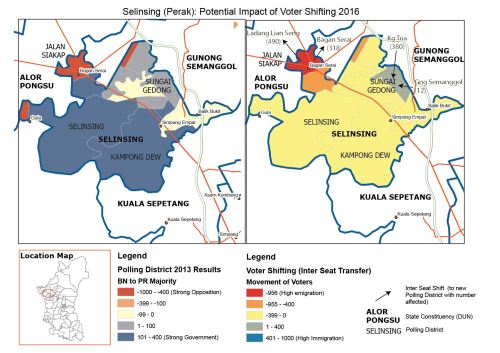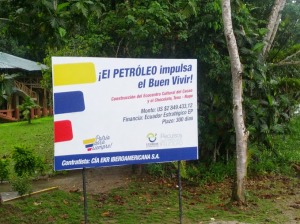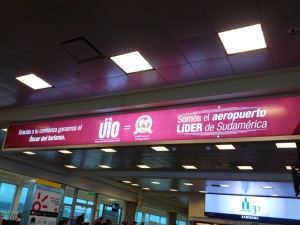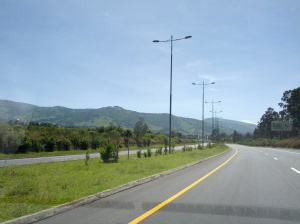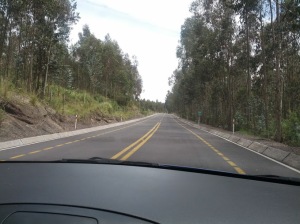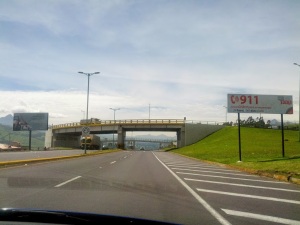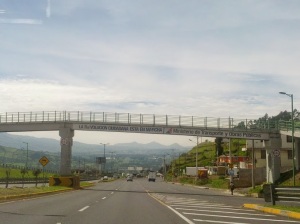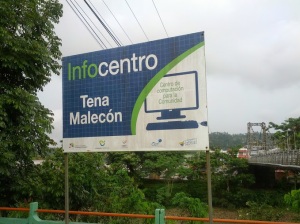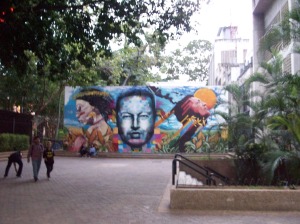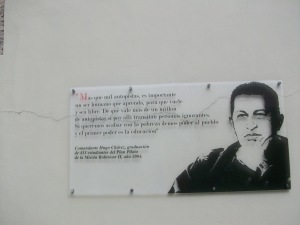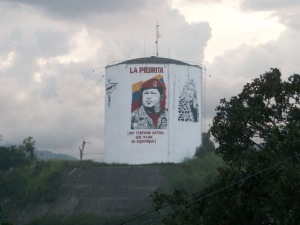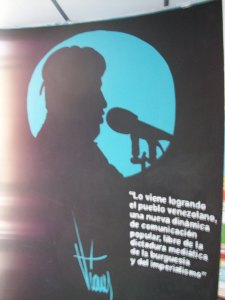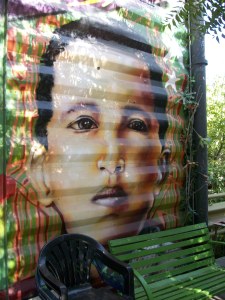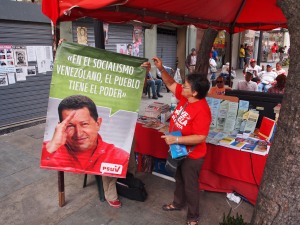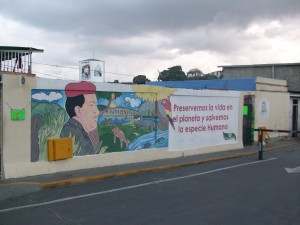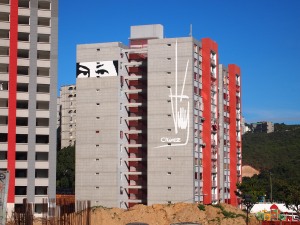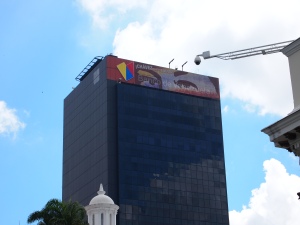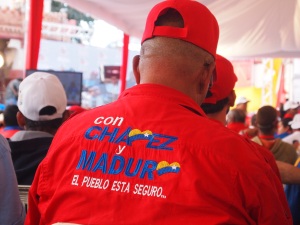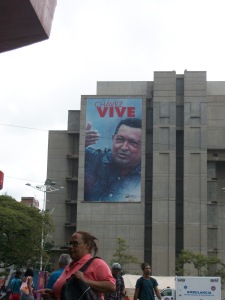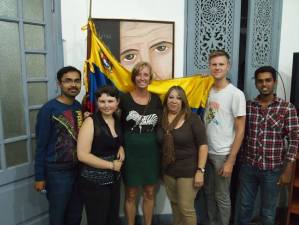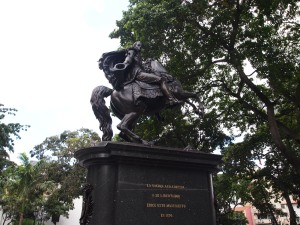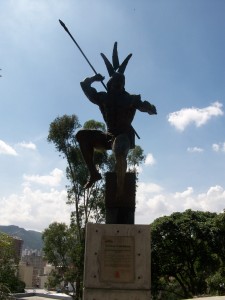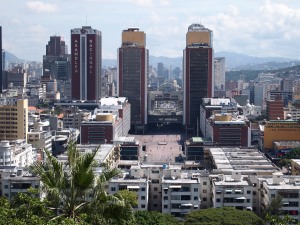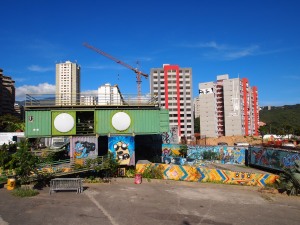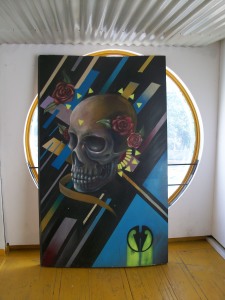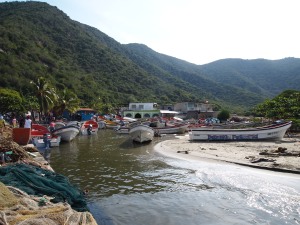**PENDAPAT SENDIRI DAN BUKAN UNTUK ORANG/ORGANISASI LAIN**
Keputusan PRK Semenyih telah mencetuskan kemarahan orang di media sosial terhadap Kerajaan PH, pemenang – Barisan Nasional dan segelintir mengecam keputusan PSM dan Uncle Kentang untuk bertanding. Malangnya, fokus kemarahan dan analisa terlalu tertumpu kepada parti parti politik dan calon. Kita boleh berbalah sehingga hujung hidup kita mengenai strategi parti politik. Bagi saya, tumpuan perlu diberikan kepada pola pengundian orang Semenyih
Orang Semenyih telah diberikan peluang untuk memilih sama ada calon calon mereka datang daripada kalangan parti politik berasaskan kaum atau calon calon yang berkerja kuat dengan akar umbi. Situasi PRK Semenyih berbeza dengan lima PRK sebelumnya. Calon – calon bukan dari aliran pakatan besar -besaran di Malaysia yang bertanding Semenyih tahu sentimen and nadi rakyat marhaen. Akan tetapi, kebanyakan pengundi masih bertegas mahu undi Pakatan Harapan atau Barisan Nasional. Ada orang kata pengundi tak salah. Kenyataan itu betul tapi kita perlu mengkritik pola pengundian di Semenyih kerana pengundi telah membenarkan sistem pilihan raya dan pakatan besar mengarah cari undian. Ada orang tak akan suka apa saya tulis. Akan tetapi, kita perlu meningkatkan kematangan pengundi untuk keluar daripada perangkap. Perangkap yang memaksa pilihan antara dua kuasa terbesar
Situasi Politik PASCA PRU14
Kejatuhan Barisan Nasional (BN) dan proses pengencilan BN telah membuka ruang kepada semua rakyat Malaysia untuk mengundi parti – parti lain selain daripada sistem dua parti besaran. Kedua, kerajaan Pakatan Harapan menjadi lebih kebal apabila memenangi 51 daripada 56 kerusi di DUN Selangor. Peralihan pola pengundian orang Selangor beberapa bulan sebelum PRU14 menyebabkan kesan pensempadanan berasaskan kaum dan pola politik lama telah termusnah. Oleh demikian, PRK Semenyih berlaku dalam situasi yang amat selamat untuk pengundi di situ mencuba parti – parti lain. Lebih lebih lagi, Semenyih adalah kawasan separa bandar and mengalami pembangunan pesat kerana kuasa ekonomi di Lembah Klang. Percubaan untuk mengundi calon – calon selain daripada PH (Bersatu) dan BN (UMNO) tidak akan mengugatkan kestabilan politik Selangor dan tidak membawa banyak untungan kepada BN. Wakil Wakil BN selepas PRU14 telah mengkhianati rakyat dan melompat ke PH. Adakah BN boleh ikut jamin wakil barunya di Semenyih? Undang – undang dan sistem pilihan raya sedia ada tidak boleh menghalang wakil rakyat tukar parti. Rakyat lantik calon, bukan wakil parti.
Apabila nama – nama calon telah ditetapkan pada hari penamaan, pengundi – pengundi telah masuk medan perang undi dengan pelbagai pilihan. Kita tahu manifesto PH tidak ditunaikan kecuali beberapa sahaja (contohnya kebebasan kepada SPR) atau terdapat U- turns. Kita tahu Barisan Nasional mempunyai kes penyelewangan dan rasuah yang disiasat atau belum disiasat lagi. Kita tahu PAS telah berhala kepada isu – isu kaum dan mempunyai isu – isu integriti terhadap pimipinannya. Semua ini berlaku sebelum penamaan calon. Oleh tu, adakah pengundi Semenyih perlu terperangkap dengan arahan dan pengaruh BN, PH dan PAS? Jawapannya: Tidak
Akan tetapi, sistem pilihan raya di Malaysia (walaupun perlembagaan kita tidak kata apa proses untuk melantik calon) selama ini menyebabkan atau meningkatkan lagi seruan kaum dan agama daripada Barisan Nasional selama ini. Saya mengulaskan lebih dalam bab berikut. Apa yang memeranjatkan saya ialah isu – isu nasional menjadi tumpuan utama untuk pengundi Semenyih. Persepi bahawa Kerajaan PH tidak membela nasib orang Melayu, kaum majoriti di Semenyih, menjadi isu utama. Adakah pengundi di Semenyih melupai isu – isu tempatan seperti harga rumah tinggi, kekurangan kemudahan pengangkutan awam dan kekurangan kemudahan perubatan jauh lebih penting daripada isu – isu negara? Kerajaan Selangor selepas PRU14 sepatutnya berkerja dengan Kementerian Kesihatan untuk meningkatkan fasiliti kesihatan untuk Semenyih. Sekarang, pengundi terpaksa pergi jauh ke Kajang, Seremban dan Serdang untuk rawatan mendalam. Adakah pengundi – pengundi Semenyih memahami isu tempatan macam ini lebih penting daripada isu perkauman dan persepi yang tak betul?
Kebanyakan analisa atau komen masih tertumpu kepada pengundi Melayu. Saya rasa analisa macam tu masih terpesong Apabila saya memikirkan situasi di Semenyih, makin lama, saya rasa semua pengundi di Semenyih telah membuang peluang untuk mendapat wakil wakil yang kuat kerja untuk rakyat marhaen. Kerajaan Selangor di bawah PH selama 11 tahun, adakah mereka buat kerja kuat untuk membaiki isu tempatan? Itu berlaku di Subang Jaya dan Petaling Jaya. Tapi di Semenyih? PH sendiri tak buat semakan kesihatan calon calon wakil mereka. Bagaimana dengan BN? Mungkin wakil wakil BN mempunyai hubungan kuat dengan akar umbi dengan rakyat marhaen. Tapi bekas ketua BN telah melancarkan program GST dan membebankan orang Melayu di kawasan felda lain dan di Selangor, kos sara hidup meningkat. Bagaimana dengan PAS? PAS adalah parti pandai. Hala tuju mereka dipengaruhi oleh Ustad Hadi (sebelum 2015) dan isu Pakatan Rakyat yang menghalalkan agree to disagree. Tapi dari tahun 80an, PAS telah membuat persepi terhadap BN bahawa BN itu kafir. Pengundi Melayu di Pantai Timur terpecah dalam konteks sosial. Tapi sekarang, boleh buat hubungan baik dengan BN?
Calon PSM adalah dari latar belakang PAS. Dia tak keluar agama. Dia pun ada sesi FB memberi penerangan hubungan antara agama dan ideologi sosialis. Orang PSM menang atau kalah selalu kerja untuk rakyat tanpa mengira bangsa. Mempertahankan hak Orang Asli, orang ladang, kampung yang akan dirobohkan. Uncle Kentang kuat kerja untuk rakyat marhaen. Oleh tu, tanyalah sendiri, yang mana -mana calon tahu nadi rakyat? PH ke? BN ke ? Atas arahan PAS ke?
Tapi kenapa rakyat Semenyih tak mau undi calon yang berwibawa? Jawapannya adalah di bab berikut
Sistem Pilihan Raya : Perangkap atau boleh dicabarkan
Sebelum PRU14, beberapa analisa mengatakan BN akan menang kerana pembangkang berpecah. Kenapa kenyataan tu masih kita entertain? Kita mempunyai sistem winner takes all. Malangnya, di Malaysia, penggunaan sistem telah dikorupkan dengan isu pensempadanan, ketiadaan pilihan raya tempatan dan kekurangan luangan untuk demokrasi. Dalam winner takes all sistem ini, pemenang yang mempunyai undi lebih daripada satu dengan penyaing pertama menang pilihan raya. Dalam dua penjuru, wakil rakyat dipilih apabila dia menang 50% + 1 undi. Dalam tiga penjuru, 33+% diperlukan. Dalam empat penjuru, 25-26% diperlukan. Pada permulaan, banyak parti parti dan calon bebas akan bersaing. Yang kuat akan menang dengan peratusan diperlukan. Apabila proses diulangi dua kali, tiga kali, kuasa parti asal yang besar akan menjadi lebih tetap manakala parti parit kalah akan disingkirkan. Ini melepaskan pengaruh yang amat kuat kepada Pengundi. Pengundi pengundi akan undi mengikut taktik (tactical voting) dan tidak mempunyai insentif untuk mengundi calon calon mereka lebih menyukai. Ini adalah perangkap pertama dalam sistem pilihan raya.
Oleh itu, makin lama perangkap pertama digunakan oleh BN untuk menyatukan pengundi pengundi Melayu dalam alasan perpecahan undi akan menyebabkan kejatuhan bangsa. BN boleh menang setiap PRU dengan syarat mempunyai tahap undi Melayu 60% (contoh di Sungai Besar) dan mempunyai jurang 20% atau lebih dengan pembangkang. Akan tetapi dari prk Sungai Besar 2016 ke PRU14, pola pengundian Melayu mula beralih. Merek lebih tertekan dengan isu GST dan mungkin marah dengan gaya hidup bekas ketua BN. Tapi, bergantung situasi negara dan pengaruh perangkap pertama, pengundi Melayu mau cuba parti lain yang hampir sama dengan nilai nilai BN. Jawapannya ialah PAS. Oleh sebab itu, BN buat pertama dikalahkan di Semenyih. Pengundi – pengundi Melayu di Semenyih yang menetap kubu kubu BN bertukar undi ke PAS. PH mendominasi pengundian kawasan orang Cina dan India dan perlu sedikit tambahan sokongan dari pengundi Melayu. Akhirnya, BN jatuh. Selepas PRU14, BN telah mengakui sistem tiga penjuru menjatuhkan BN akhirnya. Tambah – tambah lagi, dengan gabungan perangkap pertama dan sentimen kaum , BN telah mengembalikan isu perpaduan kaum secara bertubi-tubi sejak Mei 9 2018.
Pensempadanan yang berprinsipkan kaum adalah rakan sejenayah kepada perangkap pertama. Pensempadanan kali keeenam menyebabkan peratusan pengundi Semenyih dari kalangan orang Melayu meningkat. Kantan Permai dan Bukit Mahkota adalah kawasan sokongan BN lama dan mempunyai pengundi Melayu yang tinggi telah dimasukkan dalam DUN Semenyih. Walaupun diharapkan DUN Semenyih kekal di tangan BN, peralihan undi di kawasan timur dan selatan Semenyih menyebabkan Semenyih jatuh kepada PH. Akan tetapi,peralihan pengundian berlaku sekali lagi di DUN Semenyih untuk PRK, kesan pensempadanan menjadi satu realiti
Perangkap kedua ialah ketiadaan pilihan raya tempatan. Atas alasan isu Konfrontasi, pilihan raya tempatan telah dibatalkan selepas 1965. Apabila sebuah pakatan atau parti menang pilihan raya negeri, mereka mempunyai kuasa untuk melantik YDP untuk bandar, Ahli Majlis, JKKK dan kebanyakan pemerintah yang mempunyai kesan lebih tinggi kepada pengundi sendiri. Dengan perangkap satu dan perangkap kedua, parti yang kalah akan dikunci keluar dari semua pentadbiran utama dalam negeri. Makin lama, kualiti pihak kerajaan tempatan merundum dan menjejaskan kualiti hidup rakyat tanpa mengira bangsa. Dalam situasi sekarang, BN telah dikunci keluar dari pentabiran tempatan dari Kedah ke Johor , Sabah ke Sarawak. Manakala parti parti kecil tidak mempunyai apa apa peluang menunjukkan kewibawaan mereka sendiri. Tanpa persepi kewibawaan, pengundi Semenyih yang taktikal (tanpa mengira bangsa) takut atau tiada insentif untuk membuat experimen politik dalam situasi politik yang stabil
Perangkap pertama dan perangkap kedua akan diselit dalam propaganda parti parti tentu untuk mengembar gembur segmen pengundi – pengundi untuk memilih calon – calon tertentu. Tapi adakah terdapat harapan untuk mencabar perangkap pertama dan perangkap kedua?
Solusi
Pertama, pengundi pengundi di mana mana kawasan terutamanya kawasan bandar perlu tingkatkan kematangan politik. Bagaimana? Adakah kenyataan orang bukan Melayu menguasai setiap aspek kehidupan politik, sosial dan ekonomi benar? Adakah kemarahan orang bukan Melayu terhadap kepada Pakatan Harapan atau pengundi BN berasas dengan fakta? Adakah pengundi pengundi tahu membezakan apakah tanggungjawab kerajaan persekutuan dengan negeri?
Apabila masuk setiap pilihan raya kecil, adakah pengundi boleh memahami sistem persaingan politik dari tiga atau lebih calon akan menguntungkan mereka? Adakah mereka sendiri tahu bahawa mereka mempunyai kuasa mutlak dan bukan menyerahkan diri kepada arahan parti parti besar?
Kedua, pengundi pengundi mesti berani keluar daripada persepi kekangan mereka. Mereka mesti tanya siapakah calon yang ikhlas kepada rakyat. Saya tak payah ulaskan jawapan. Jika pengundi pengundi tahu siapa yang ikhlas, mereka perlu berani dan membuang konsep undi taktikal. Pada PRU14, pengundi pengundi berani tukar kerajaan. Oleh tu, PRK (skala yang amat kecil) adalah tempat selamat untuk memilih calon wibawa.
Kita tidak perlu berbalah apa strategi PH, BN, PAS, PSM dan lain – lain untuk menang hati pengundi. Yang penting, adakah pengundi mahu diperangkap atau keluar perangkap sistem dua parti?
Sekian
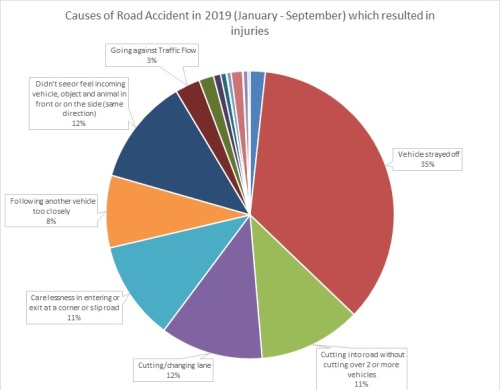 I decided to check another information as I wasn’t fully convinced by the story of first dataset. According to United Nations Economic and Social Commission for Asia and the Pacific, Drunk Driving Accident that caused deaths have plummeted drastically from 2016 to 2018 (Link). While this is not an excuse any deaths caused by drunk driving, clearly there are other bigger issues that are causing road deaths.
I decided to check another information as I wasn’t fully convinced by the story of first dataset. According to United Nations Economic and Social Commission for Asia and the Pacific, Drunk Driving Accident that caused deaths have plummeted drastically from 2016 to 2018 (Link). While this is not an excuse any deaths caused by drunk driving, clearly there are other bigger issues that are causing road deaths.
